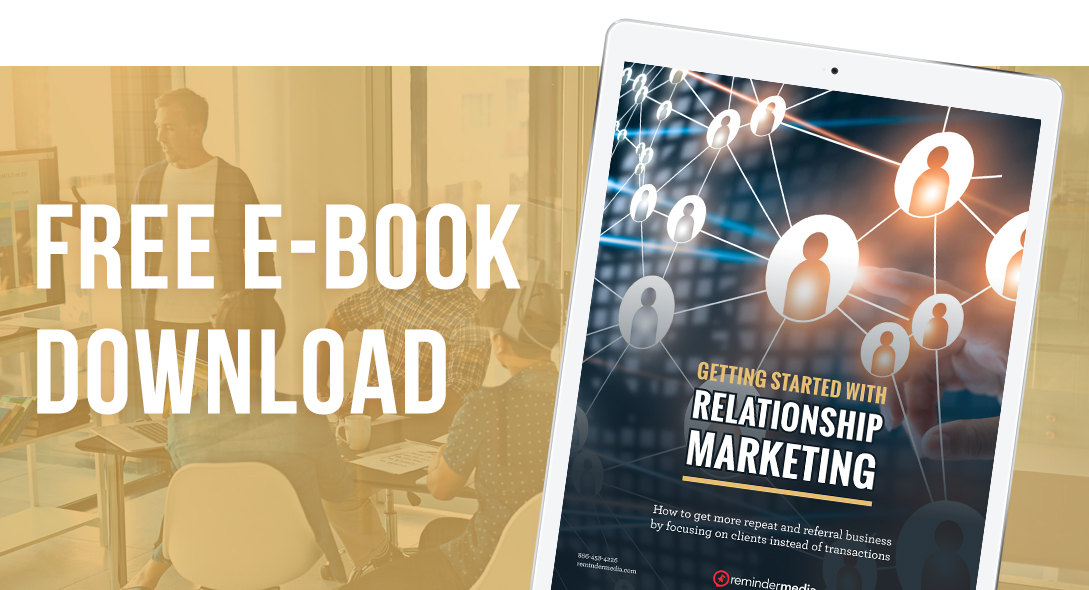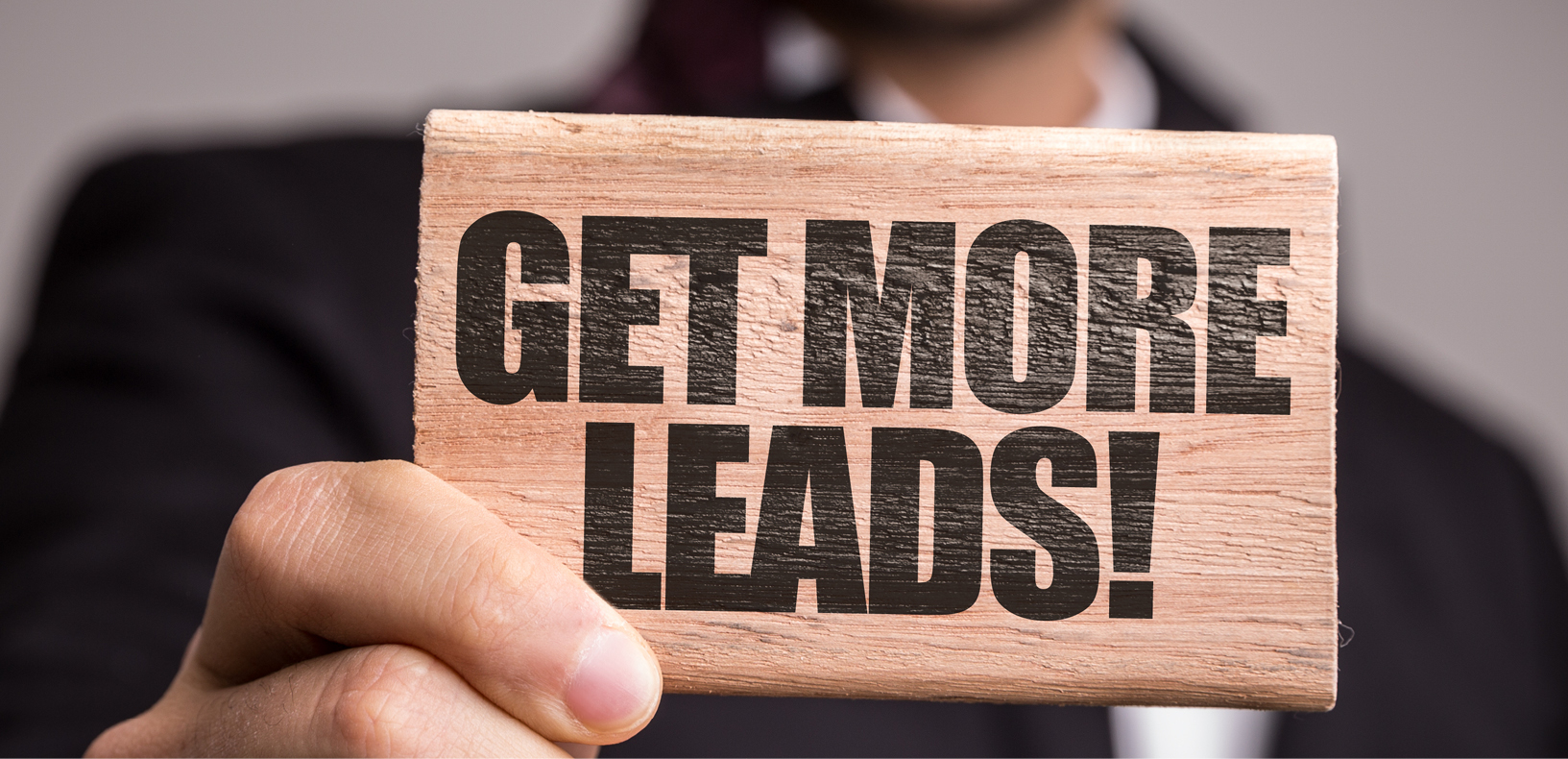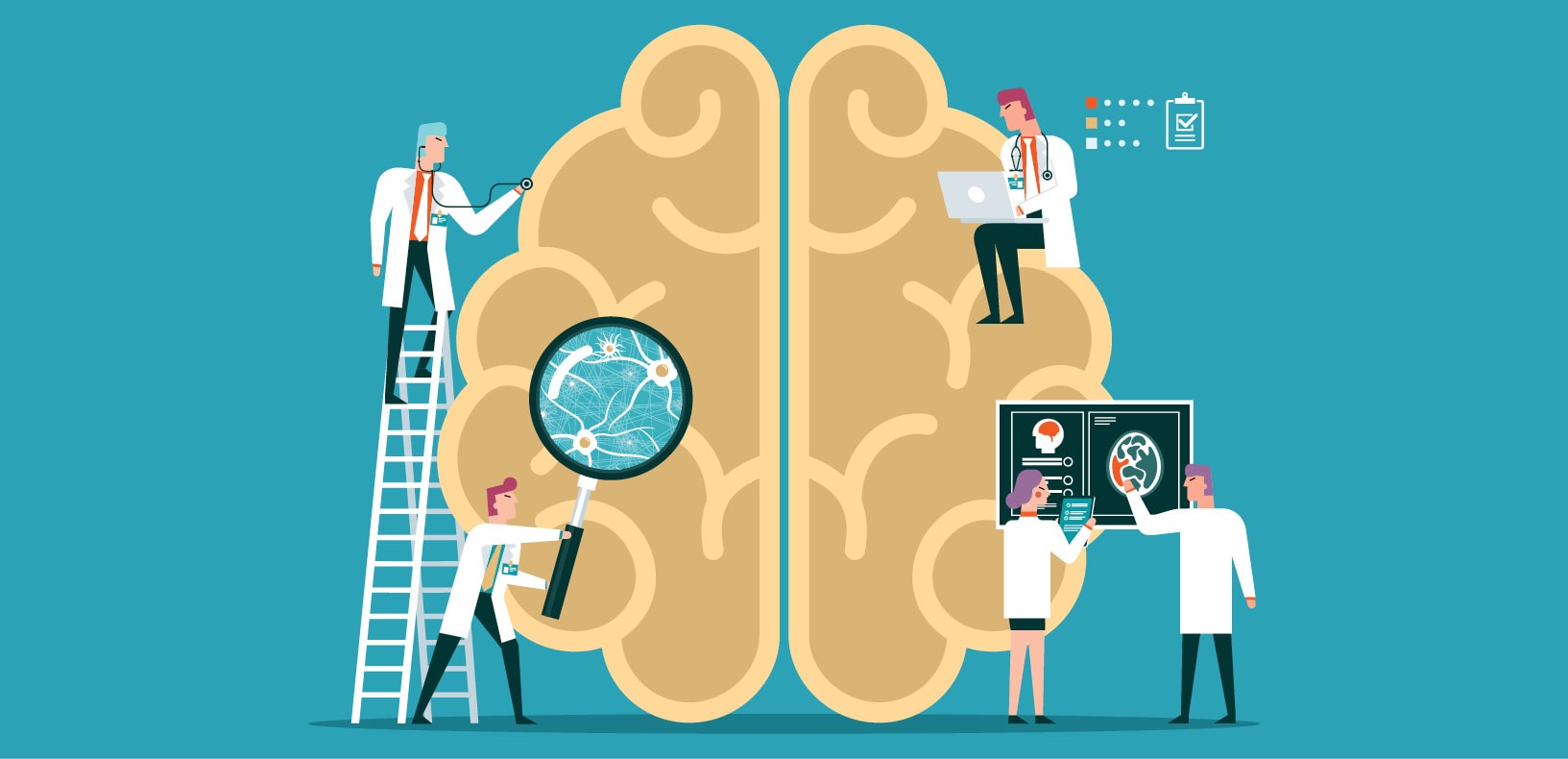Ask 10 people for effective marketing strategies, and you’re likely to get 10 different answers. Knowing which to trust can be a real challenge. Fortunately, it’s not always a matter of opinion.
- According to Marketing Metrics, the probability of selling to an existing customer is 60-70% compared to just 5-20% to a new prospect.
- Bain & Company reports that a 5% increase in customer retention increases profits up to 125%.
- Our customers’ stories further show how powerful relationship marketing can be.
What makes relationship marketing so effective? Science reveals a few of the reasons that you can use to your advantage when planning your strategy.
 The Halo Effect
The Halo Effect
Have you ever thought that someone looks trustworthy? Or assumed a great athlete would make a great coach? Then you’ve experienced the halo effect, a cognitive bias where our overall impression of something is influenced by a single, specific trait.
The halo effect was introduced in 1920 by psychologist Edward Thorndike in a paper titled, “The Constant Error in Psychological Ratings.” Since then, numerous studies have confirmed the phenomenon in a wide variety of applications, from managerial decisions to personal relationships.
How to use it in your strategy: Focus on making a positive impression on your customers over marketing your specific services. For instance, sharing inspiring articles or helpful recipes can be an effective way to gain trust and loyalty, even if they have nothing to do with your business.
The Rule of Reciprocity
When people do nice things for us, we’re more likely to do nice things for them. It’s not mere politeness that drives this response, but a feeling of obligation. The power of reciprocity can be seen in numerous experiments.
 For example, nonprofit organizations have learned that they raise more money when they include “freemiums,” such as address labels in their direct mail efforts. Similarly, one notable study found that waiters got bigger tips simply by leaving mints with the check. And when they gave mints, left, and came back shortly after offering more mints, their tips increased 23%.
For example, nonprofit organizations have learned that they raise more money when they include “freemiums,” such as address labels in their direct mail efforts. Similarly, one notable study found that waiters got bigger tips simply by leaving mints with the check. And when they gave mints, left, and came back shortly after offering more mints, their tips increased 23%.
How to use it in your strategy: Providing value to customers—whether it’s a custom magazine, information shared on social media, or unexpected service—will make them more receptive to your needs. And the more personal you can make it, the more you can expect in return.
Empathy
 Imagine for a moment that you’re walking down the street when you see a skateboarder take a face-plant on the pavement. What’s your reaction? Did you cringe or wince? It turns out we’re hardwired to feel things that happen to other people.
Imagine for a moment that you’re walking down the street when you see a skateboarder take a face-plant on the pavement. What’s your reaction? Did you cringe or wince? It turns out we’re hardwired to feel things that happen to other people.
Scientists studying macaque monkeys at the University of Parma in Italy discovered the same neurons fired when the monkeys performed an action, watched someone else doing it, or even heard someone performing the action in another room.
So when we see someone smile, for example, our mirror neurons reflect those feelings in ourselves.
How to use it in your strategy: You can influence customers’ feelings by helping them see other people’s experiences. Share an image of a recipe to make their mouths water, tell an inspiring story to motivate them, or show a video with smiling people to get your customers smiling themselves.
The Familiarity Principle
 Also known as the Mere Exposure Effect, this psychological phenomenon leads us to prefer things simply because we are familiar with them. That’s why certain songs, movies, or meals can “grow on us.”
Also known as the Mere Exposure Effect, this psychological phenomenon leads us to prefer things simply because we are familiar with them. That’s why certain songs, movies, or meals can “grow on us.”
How to use it in your strategy: Stay in frequent contact with your customers. Follow up consistently and in varied ways, including phone calls, e-mails, and social media.
ReminderMedia makes it easy to implement these scientific principles with tools like American Lifestyle magazine and social media shares. But whether or not you choose to use these resources in your relationship marketing efforts, the key to repeat business and referrals is to focus on customers rather than transactions.









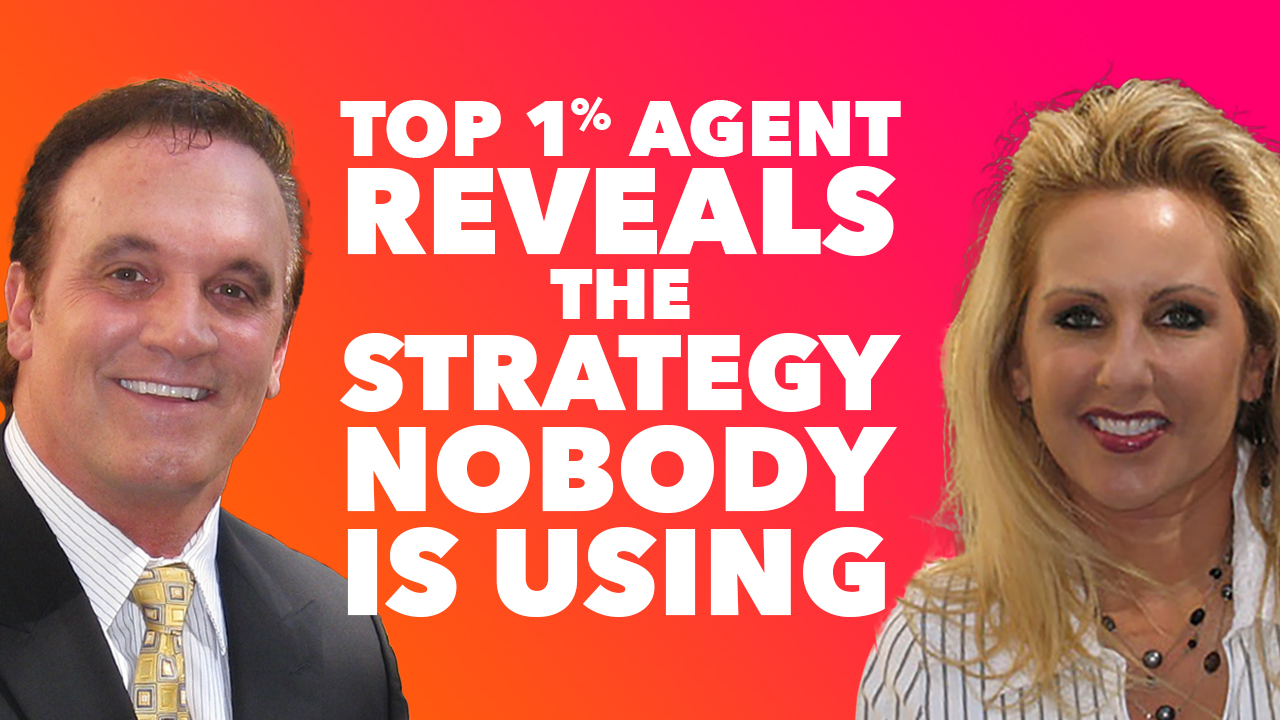

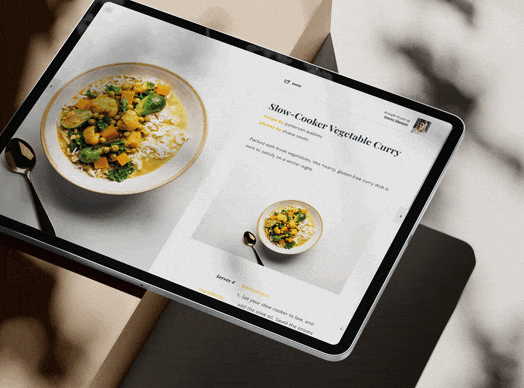



 The Halo Effect
The Halo Effect